Rubber has three predominant characteristics:
- Incompressible – Can be deformed but not reduced in volume
- Extensible – Can be stretched
- Impermeable – Can prevent the passage of gases through the material
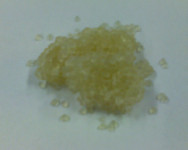
Ethylene Propylene
Ethylene Propylene-Diene Terpolymer (EPDM) or Ethylene-Propylene Copolymer (EPM)
- Resistant to animal and vegetable oils, strong and oxidizing chemicals and ozone
- Attacked by petroleum oils and solvents, and aromatic hydrocarbons (I.E. toluene, benzene, xylene, etc.)
- Excellent weathering properties, low temperature resistance, low permeability to air, and good dielectric strength
- Good bonding properties (Expansion Joints)
- Temperature limit: 300°F (149°C)
Chlorobutyl
Chloro-Isobutylene-Isoprene
- Generally resistant to animal and vegetable fats, strong and oxidizing chemicals
- Resistant to ozone
- Attacked by petroleum solvents, coal, tar solvents, and aromatics hydrocarbons
- Good heat resistance, weather resistance, and low permeability to air
- Standard elastomer for Garlock® expansion joints
- Temperature limit: 250°F (121°C)
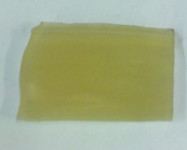
Fluoroelastomer
Hexafluoropropylene-Vinylidene Fluoride (FKM or FPM)
- Most common trade names: DuPont VITON® and 3M FLUOREL®
- Resistant to aliphatic, aromatic, and halogenated hydrocarbons, acids, animal and vegetable oils
- Attacked by ketones, low molecular weight esters, and nitro-containing compounds
- Good weathering properties and resistance to elevated temperatures
- Available in several types and grades
- Temperature limit: 400°F (205°C)
HYPALON®
Chloro-Sulfonyl-Polyethylene
- Excellent weather resistance – ideal expansion joint cover material for outdoor applications
- Compatible with mild acids
- HYPALON® is a registered trademark of DuPont Elastomers
- Temperature limit: 250°F (121°C)
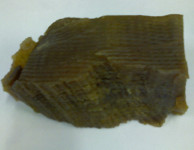
Natural Rubber
Isoprene
- Generally resistant to most moderate wet or dry chemicals, organic acids, and alcohols
- Attacked by strong acids, fats, oils, grease, most hydrocarbons, and ozone
- Excellent physical properties including abrasion and tear resistance
- Temperature limit: 180°F (82°C)
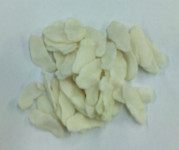
Neoprene
Chloroprene (CR)
- Resistant to moderate chemicals, acids, oils, fats, grease, many solvents, and ozone
- Attacked by strong oxidizing acids; esters; ketones; chlorinated, aromatic, and nitro hydrocarbons
- Good weathering resistance
- Flame retarding
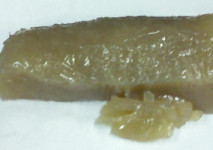
Nitrile or Buna-N
Acrylonitrile Butadiene (NBR)
- Generally resistant to fats, oils, greases, and aliphatic hydrocarbons
- Not ozone resistant
- Attacked by ketones; esters; aldehydes; and aromatic, chlorinated, and nitro hydrocarbons
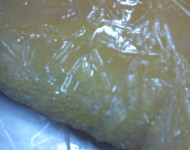
SBR or Buna-S
Styrene Butadiene (SBR)
- Fluid compatibility is similar to “Natural”
- Good physical properties

